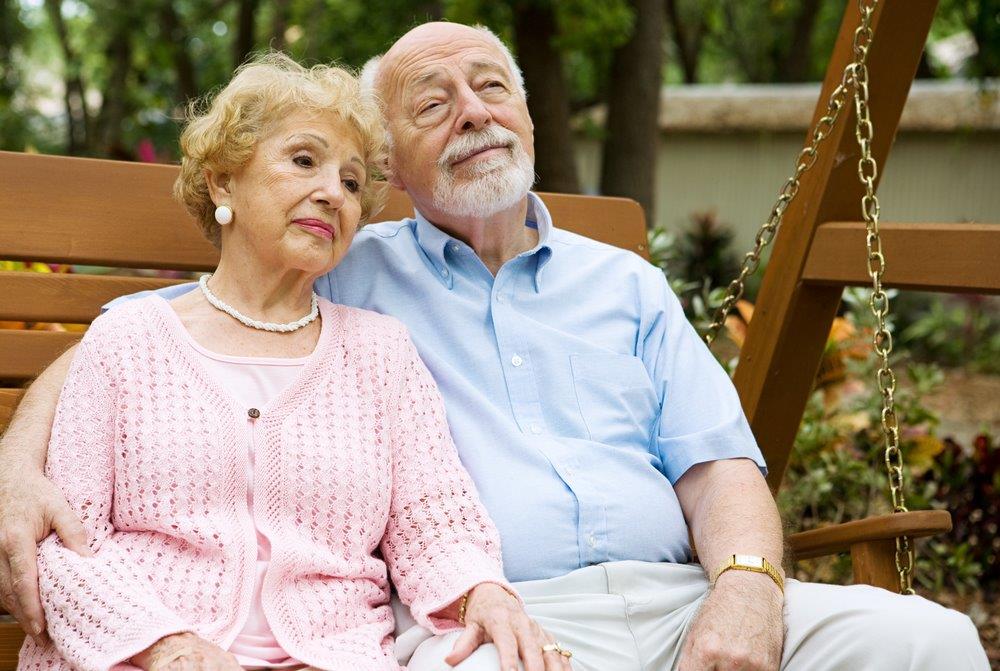
Aging in place simply means staying in one’s long-term home for the duration, with or without any modifications that might facilitate or enhance that choice and whether they accept any of our suggestions.
Aging in place is natural
We talk about aging in place as if is a very natural thing to do – it is. We say that there is nothing special about aging in place except remaining in one’s home – this is true also. In fact, almost to a person (more than nine of ten) of those over age 65, or above age 55 according to other studies, say they want to continue living in their present home and to age in place.
Given the choice of keeping things pretty much as they are and staying put or packing up and moving on to something else, most people choose the former.
So, what’s all the fuss?
There are those who maintain that aging in place is not for sissies – that it takes grit to age in place. This is partially true, but not completely. Actually, anyone can age in place – some better than others in terms of quality of life and their homestead and in coping with the challenges of life, but all can do it. There are no required improvements to be made or any special expenditures of money necessary.
Does this mean that a person can live in their present home without doing any maintenance to it or nothing more than they customarily do? In a word, yes. Might they want to make some improvements to enhance their mobility or account for normally declining sensory perceptions with advancing years? Yes also.
Improvements are fine and likely will enhance a person’s quality of life and prevent injuries in the home. Are there prerequisites for continuing to live there? Likely not unless that home would be considered unsafe to occupy for virtually any age or ability.
Simply put, people can and do age in place. They don’t require a license or any type or approval in order to do so. They don’t have to notify any public authority. There are no online forms to complete. Aging in place is a simple as getting up tomorrow and each succeeding day in the same home in which they went to bed the previous evening. It can get more complicated and more expensive, but it does not need to do so. It is not a requirement.
It’s largely based on preferences
Some people like the color red, some don’t. Some have difficulty recognizing it well due to vision issues or various forms of colorblindness. Some like black, white, blue, green, yellow, tan, brown, orange, purple, or some other color. Choices!
We can’t prescribe a color for someone because there is some sort of a rule or regulation for its use or because it is our personal favorite and we feel that everyone should share our desire to have this color.
Some people are going to be comfortable at different temperatures in their living space. As we get older, we tend to chill more easily, and we see many older people running the heat in their homes at a higher setting or wearing a sweater, shawl, or light jacket indoors. That same person may have been comfortable in much less clothing a couple of decades earlier – or maybe their internal thermostat was always suggesting that they needed more warmth to be comfortable.
Finding a way to address different preferences
How can we, therefore, recommend or even design for a comfort level that is contrary to their experience or need? Their aging in place is so different from what we would want just in internal ambient temperature. Then, take colors, furnishings, artwork (or lack of it), style of appliances, lighting (fixtures, intensity, color output, and placement), and other elements specific to how someone might occupy and use their living space, and it’s quite clear that each person (or household) is different. Within the same household, there can be broad differences in preferences, but they will reach their own compromises as to how they deal with them.
While we enter a client’s home armed with a wealth of knowledge about best practices, color and design choices, surfaces, finishes, brand and model names, and other elements that we would like to see them achieve as a result of our efforts – to feel that we were able to help them achieve a higher quality of life and a safer existence than before we arrived – they are not obligated to accept anything that we are recommending, and we have no absolute powers of coercion or compliance to make them do something just because we think it would be good for them.
The client has the ultimate say
There are dozens of potential possibilities that we can suggest and implement in a client’s home to address some of the issues they are facing or to offset and correct some of the shortcomings in the physical design of the space. We recognize it as something to be addressed, but the client may not. Or, they may agree with us that an improvement would help but decline to consent to have it done due to budget, construction mess, or just observing the status quo and not wanting to change anything – regardless of how beneficial it might be to them.
The part of aging in place design and renovation that is the most difficult for us to account for and address is the individual’s (singular or collectively within the same household) outlook on the necessity for these changes or the willingness to have them done. They can age in place with a certain degree of success without the changes we recommend, but they will do much better with them. Still, it’s their choice.
